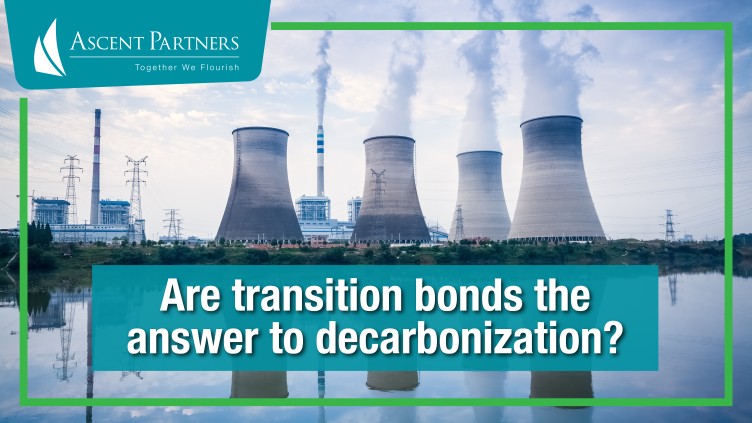
Are transition bonds the answer to decarbonization?
Can transition bonds provide the answer for larger carbon-emitting industries like oil and gas, iron and steel, chemicals, aviation and shipping?
The first question to answer is what are transition bonds and how do they differ from other energy transition finance instruments, such as green bonds, blue bonds, sustainability-linked bonds.
According to the Oxford Business Group, this relatively new type of bond is often issued in fields that would not normally qualify for green bonds, such as the above-mentioned industries.
Transition bonds are more of a hybrid between green bonds and sustainability-linked bonds.
Green bonds normally provide a source of direct finance for pre-identified environmentally friendly projects, such as solar power farms or sustainable waste management facilities. A company’s total environmental profile and commitment to reducing its carbon footprint is often assessed before it is eligible for funding.
Sustainability-linked bonds are connected to long-term sustainability goals. Funds from these bonds can be used for any project, provided certain sustainability improvements are met — such as reducing emissions by a set amount within a predetermined deadline.
Transition bonds, like green bonds, are linked to a specific project, but, like sustainability-linked bonds, the bond issuer isn’t required to already be operating sustainably but is usually in the process of transitioning to lower-carbon operations — such as a fossil fuel project aiming to reduce its emissions.
According to the Climate Bonds Initiative, the market is growing rapidly.
“H1 2022 also saw 23 transition bonds from 17 issuers totalling a volume of USD2.1bn, as transition volumes trebled in Q2 from Q1 2021. Other than EBRD’s SEK1.9bn (USD209m) deal in January, all 2022 transition bonds originated from Japan and China’s transition finance programmes, targeting hard-to-abate sectors like steel, chemicals, aviation, as well as some issuance from utilities”, Climate Bonds Initiative said in a 2022 press release.
Many major lenders in the Asia Pacific region, like the Asian Development Bank, currently refuse to fund high emission industries that are vital to achieving the transition to net-zero in the region.
However, transition bonds could provide the solution.
“ADB will support developing member countries to mitigate the health and environmental impact of existing coal-fired power plants and district heating systems through financing of emission control technologies,” the bank said in a statement.
As the world continues to struggle with Climate Change allied with development, transition bonds offer an innovative financing instrument that major lenders, and investors, feel more comfortable with moving forward.
